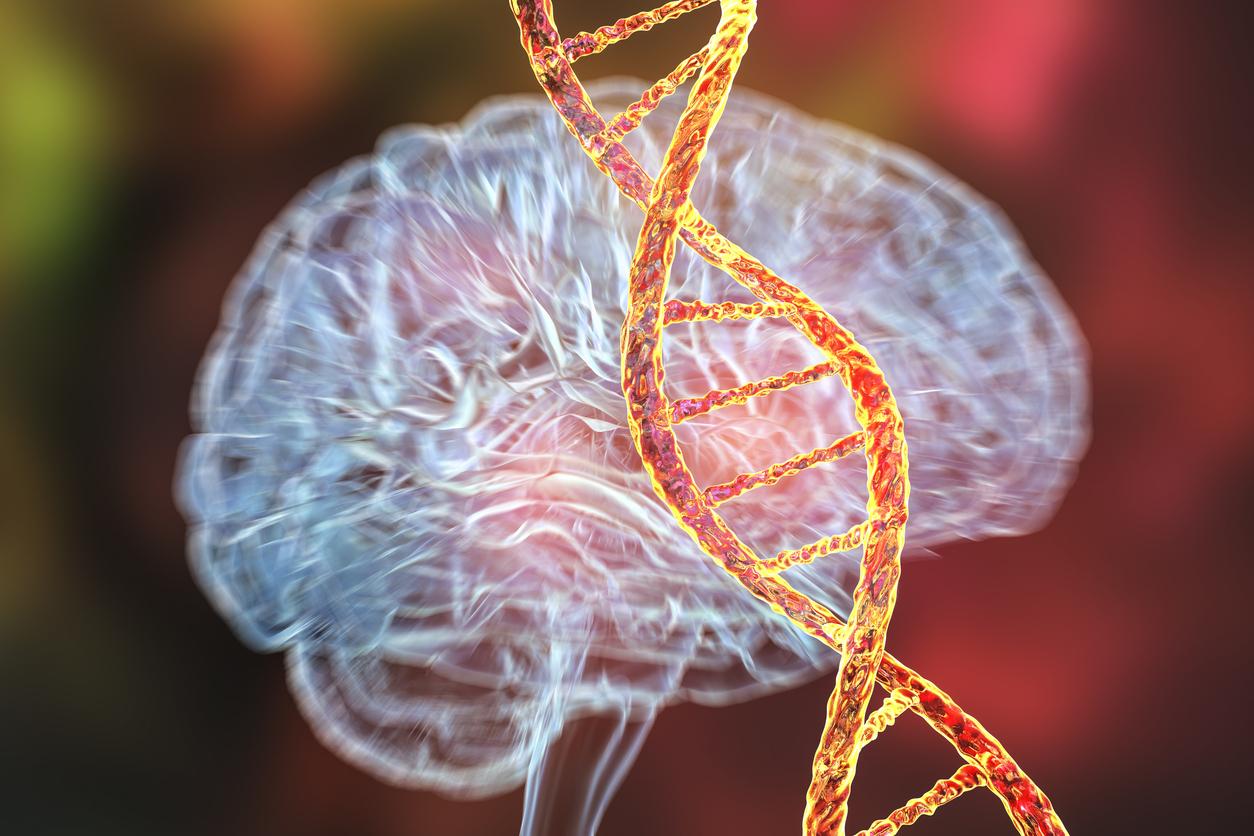Each year, approximately 2,000 adults are victims of sudden unexplained deaths. To try to understand them, an institute in Nantes has specialized in researching the origin of these deaths.

- These sudden deaths are due to a heart rhythm disorder and not to an anatomical anomaly of the heart.
- A protocol has been put in place with the Samu of the Grand Ouest region and the forensic institutes.
- The main objective of the institute’s scientists is to pinpoint the causes of these sudden deaths in order to prevent them, particularly within the same family.
Despite advances in medicine and technology, there are still unknown illnesses and deaths that cannot be explained, especially among the youngest. These deaths are called “sudden deaths” by specialists. “We see about 2,000 such cases a year, this data being unknown to both the general public and doctors”, says Professor Vincent Probst, head of the team at the Center for the Prevention of Sudden Death in Young Subjects at the Thorax Institute in Nantes, to Science and future .
A partnership with the Samu of the region
The institute is unique in France and the eight people who work there (doctors, nurses, coordinator, etc.) strive to understand the reasons for these sudden deaths. “Unlike Anglo-Saxon countries, medical autopsies are very rare in France. Sometimes, on death certificates, we can even read ’cause of death: ruptured aneurysm’, which medically means absolutely nothing until an autopsy has been carried out. ”, continues Professor Vincent Probst. His team has already obtained first results. They managed to establish that these sudden deaths are due to a heart rhythm disorder and not to an anatomical anomaly of the heart. “A completely silent anomaly until the day it goes into overdrive, creating a major acceleration called ventricular fibrillation, which leads to death ”, he describes.
The discovery of the different affections requires long-term and meticulous work. To help the institute, a protocol has been put in place with the Samu of the Grand Ouest region and the forensic institutes. “As soon as a sudden death is observed, the rescue teams in the field – or those then carrying out an autopsy – take a blood test, reveals Aurélie Thollet, the centre’s project manager. Genetic analyzes are then carried out. And the results are transmitted to the nurses of the service, duly trained in family genetic screening, who then undertake investigation work, with relatives this time.”
Genetics but not only
The main objective of the institute’s scientists is to pinpoint the causes of these sudden deaths in order to prevent them, particularly within the same family. “We were thus spontaneously contacted by a family who had had to deplore 11 deaths of young adults in thirty years!“says Vincent Probst. Hundreds of families who have experienced such a death are followed.
The team compiles a family tree which it supplements with genetic research based on a blood test and a very complete cardiological assessment. “We have also set up a so-called stress test that we carry out during the actual production of theelectrocardiograms (ECG), details Annabelle Rajalu, one of the nursesbecause certain electrical disorders only appear in these situations.“While genetics may explain some of these sudden deaths, it is not the cause of all of them. “It is necessary to cross clinical and genetic analysis but the correlation between the two is not always there.”, confirms Vincent Probst. “But in more than 50% of cases, setting up a family study identifies a causative mutation ”, recognizes Julien Barc, geneticist and Inserm researcher on the team, recently awarded the Descartes-Huygens Prize for his work on the genetic origins of sudden death.
A blood test to assess the risk
To identify the other causes of sudden death, genome analyzes are carried out using a latest-generation sequencer. He characterizes the mutations which are then manipulated in the laboratory where they are introduced, using CRISPR-Cas9 genetic scissors, into human cardio-myocytes, in other words human hearts. “We have also demonstrated that it is sometimes necessary to accumulate several genetic mutations to develop these pathologies. These are linked to certain genes (SNS5A, SNS10A, HEY2, etc.) which regulate the exchange of sodium ions between cardiac cells or participate in the development of the heart”, reports Julien Barc. The latter is working on making a blood test capable of assessing the risk through a simple genetic analysis.
In their prevention objective, the team believes that avoiding certain cardiotoxic drugs (antiarrhythmics, vasodilators, antibiotics, etc.) reduces the risk of recurrence. “It is possible to prevent the risk of recurrence in people who were sometimes able to be resuscitated in time and in their family members by setting up surveillance. Even if there is no curative treatment yet, monitoring and prevention are already offered to the families concerned.”, continues Vincent Probst. No longer practicing water sports and avoiding competition also helps to avoid recidivism.
.
















